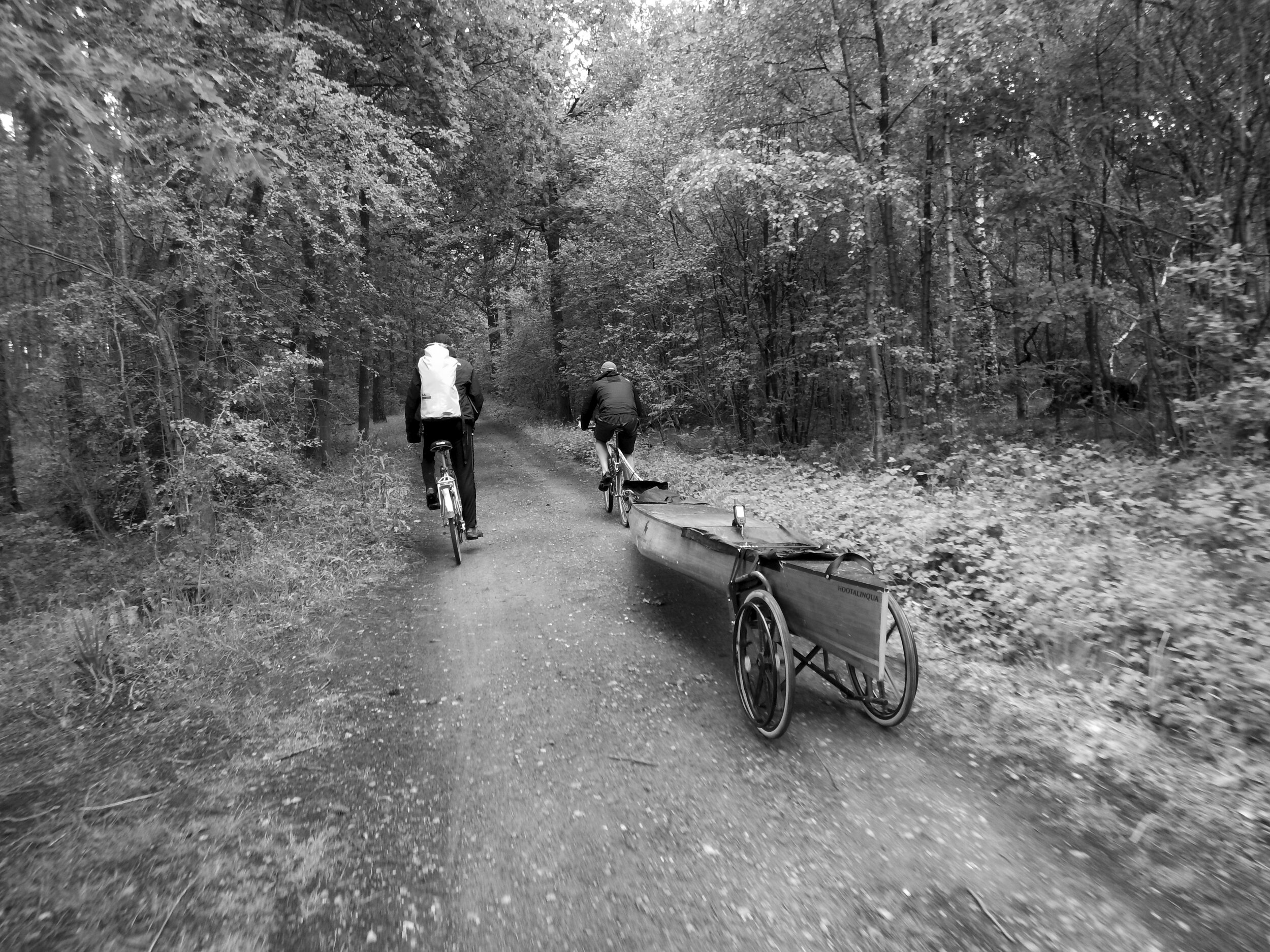

Building of the Hootalinqua wooden canoe in preparation for the Trans-Ned experience (550km)
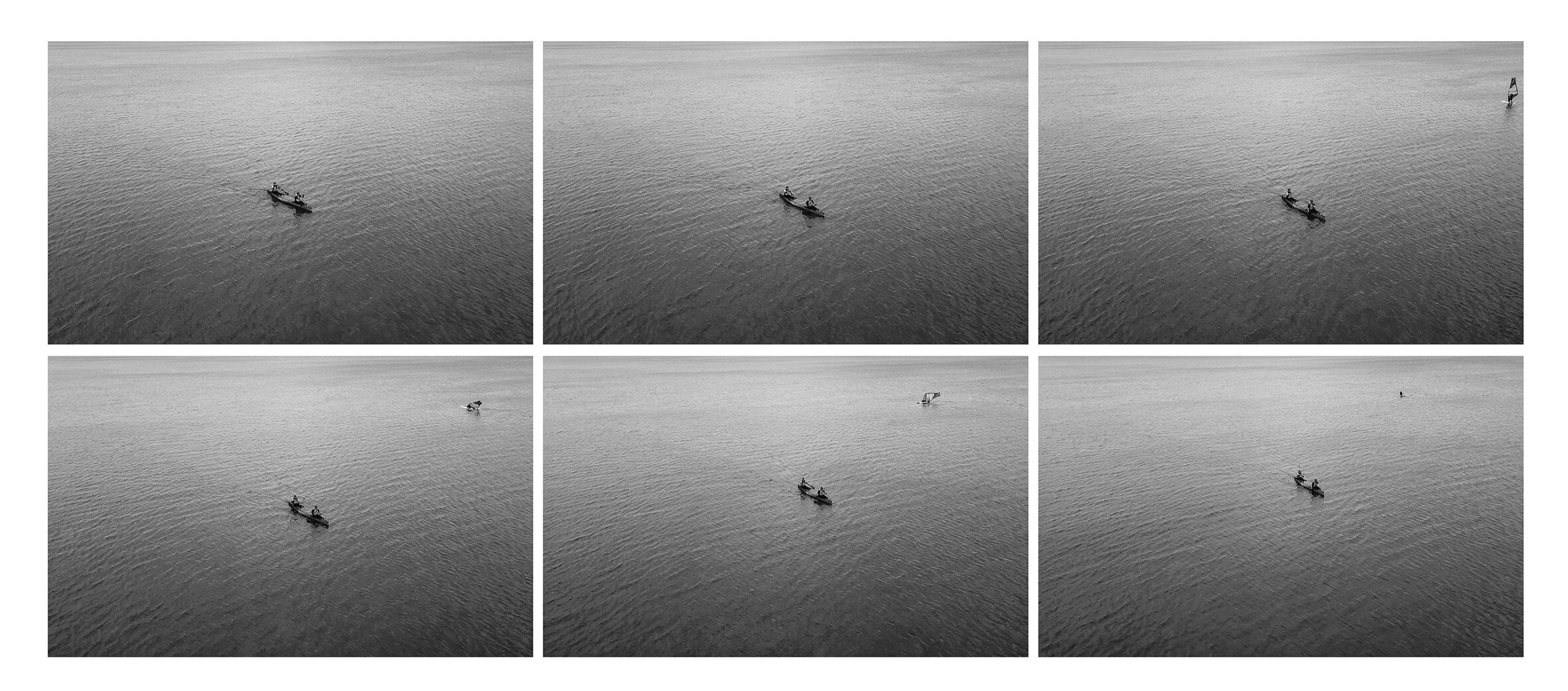
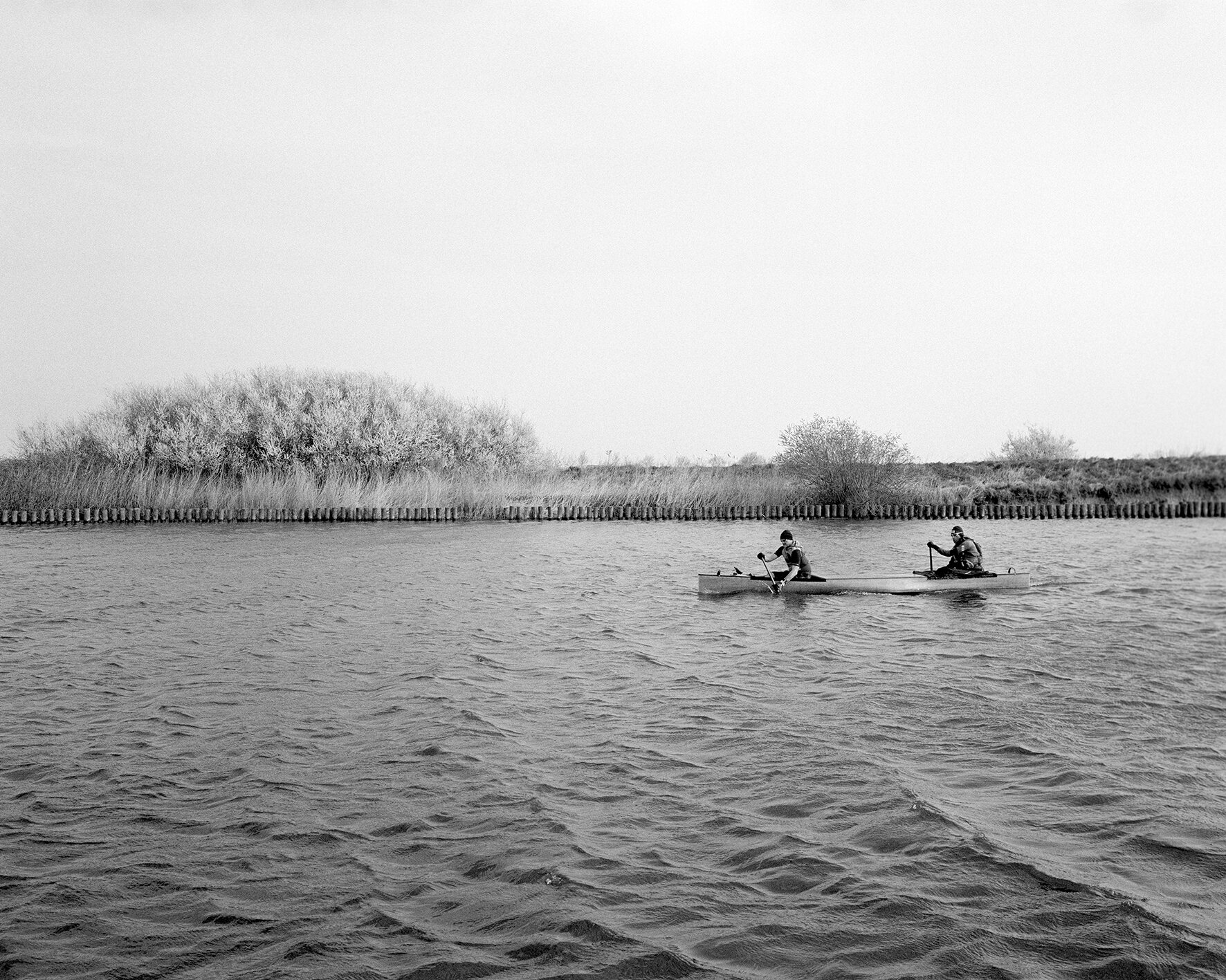
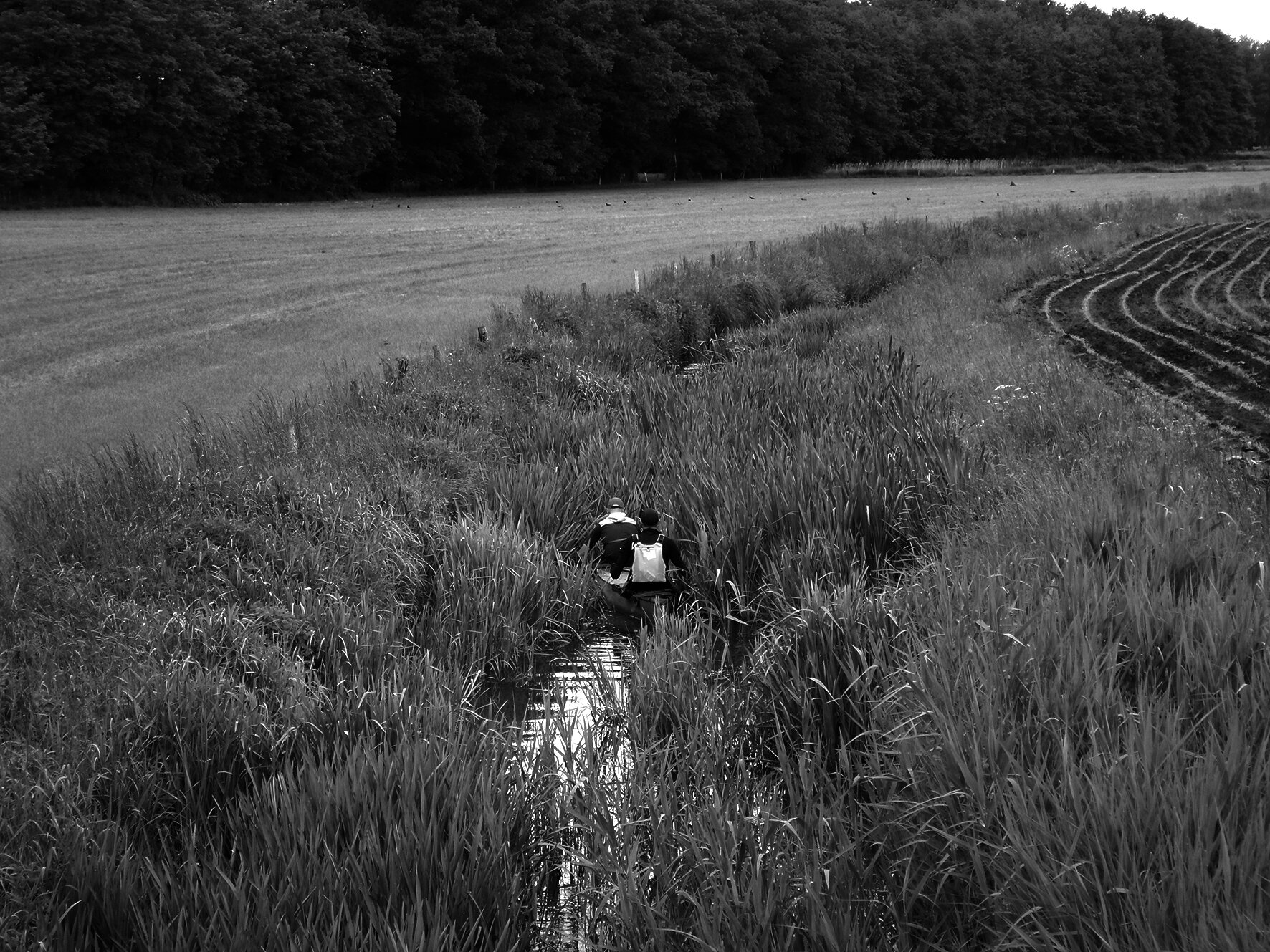


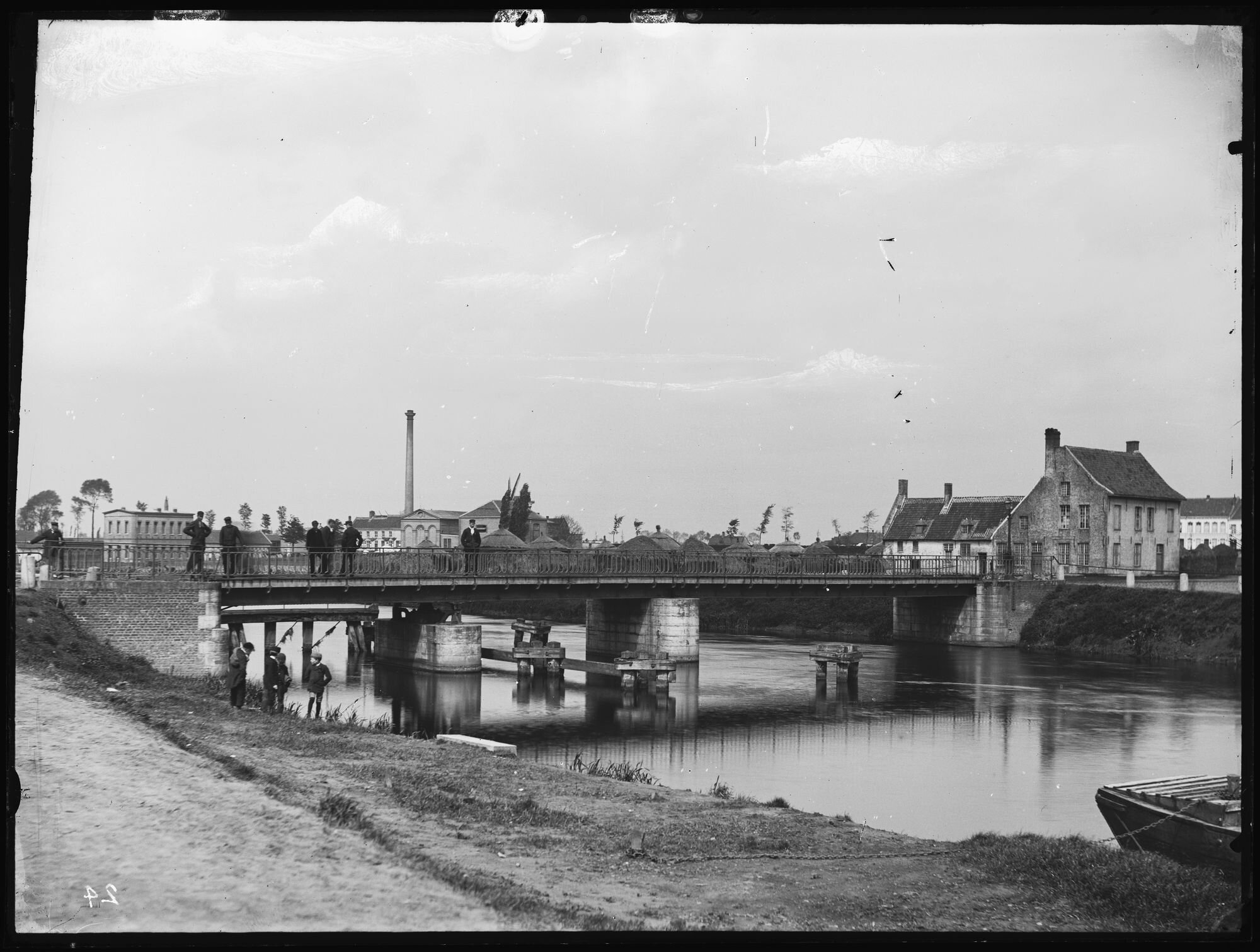
The Lys or Leie is a river in France and Belgium, and a left-bank tributary of the Scheldt. Its source is in Pas-de-Calais, France, and it flows into the river Scheldt in Ghent, Belgium. Its total length is 202 kilometres (126 mi).

The Leie/Lys was a commercial navigation from the Middle Ages, but it was the river’s devastating floods rather than navigation improvements which justified major works and meander cut-offs started around 1670.

Oskar Speck (1907–1995) was a German canoeist who paddled by folding kayak from Germany to Australia over the period 1932–1939. On his arrival in Australia, shortly after the start of World War II, Speck was interned as an enemy foreigner. He remained in prisoner-of-war camps for the duration of the war.
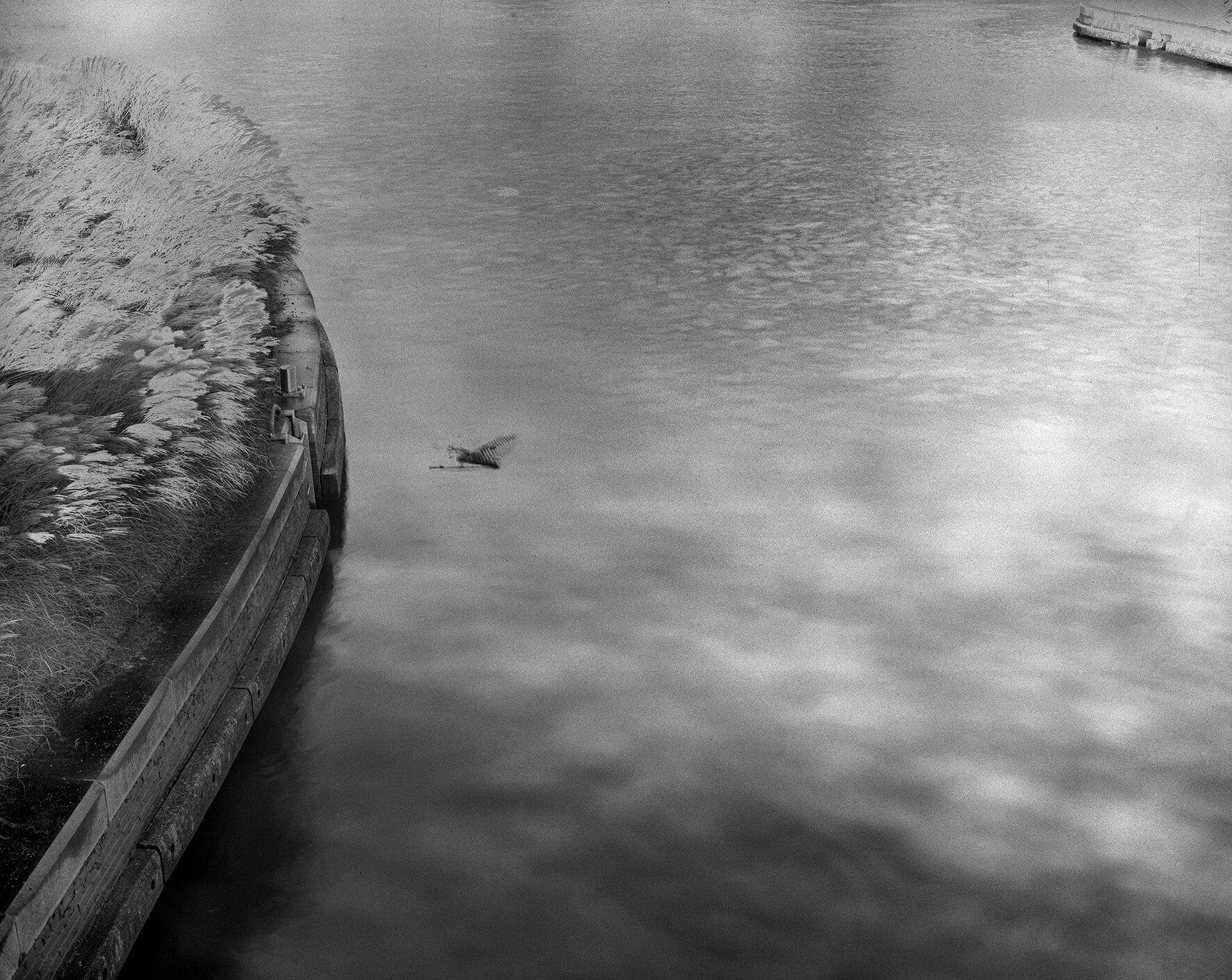
The river was the location of three battles between the Allies and the German Army. During the First World War in 1918 the location was the scene of the First Battle of the Lys, which was part of the German Spring Offensive and later that year of the Second Battle of the Lys, which was part of the Allies' Hundred Days Offensive.
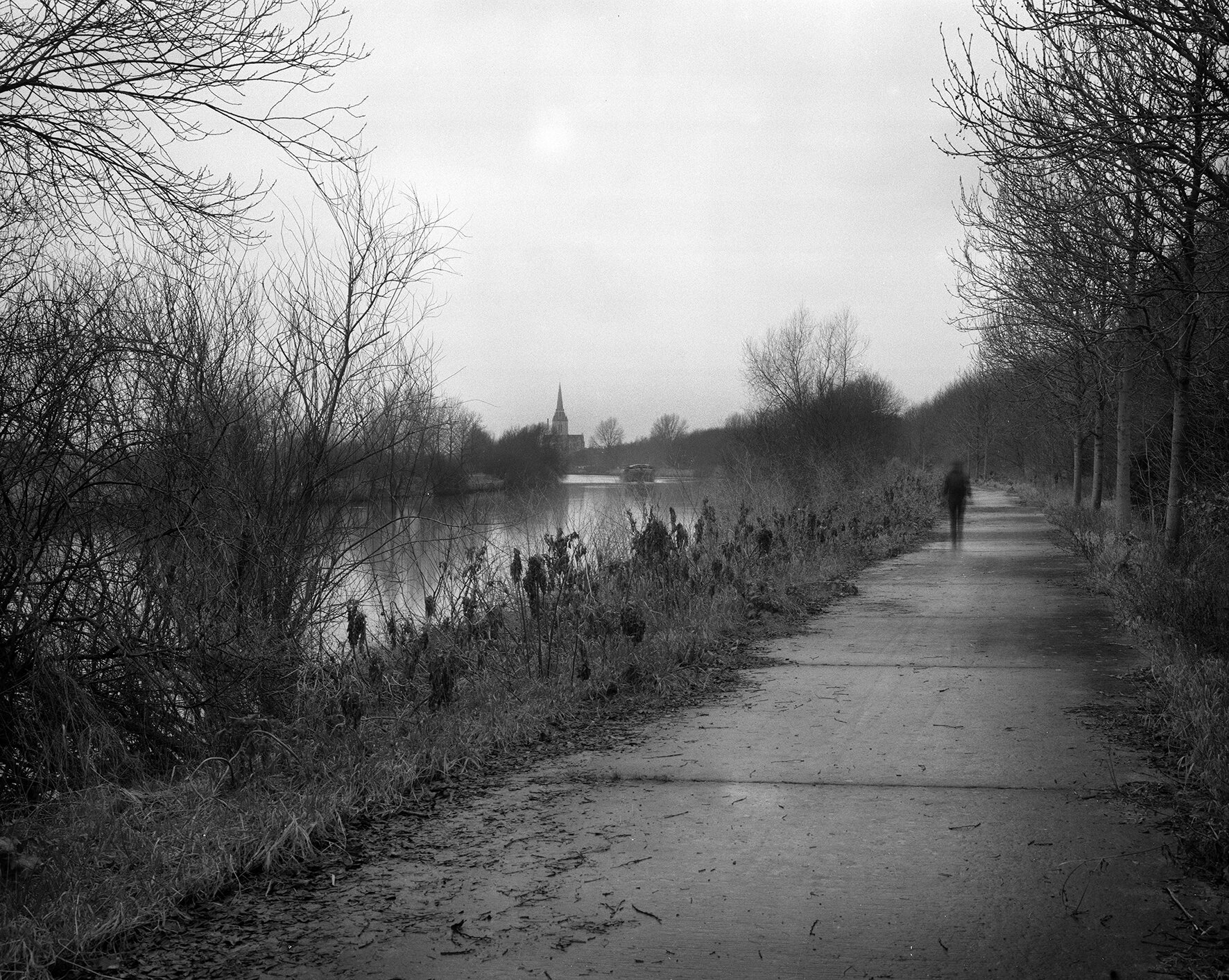
Historically a very polluted river from the high population density and industrialisation in both Northern France and Belgium, it has seen substantial improvements in recent years, partly due to the decline of the principal industry, the spinning and weaving of flax.
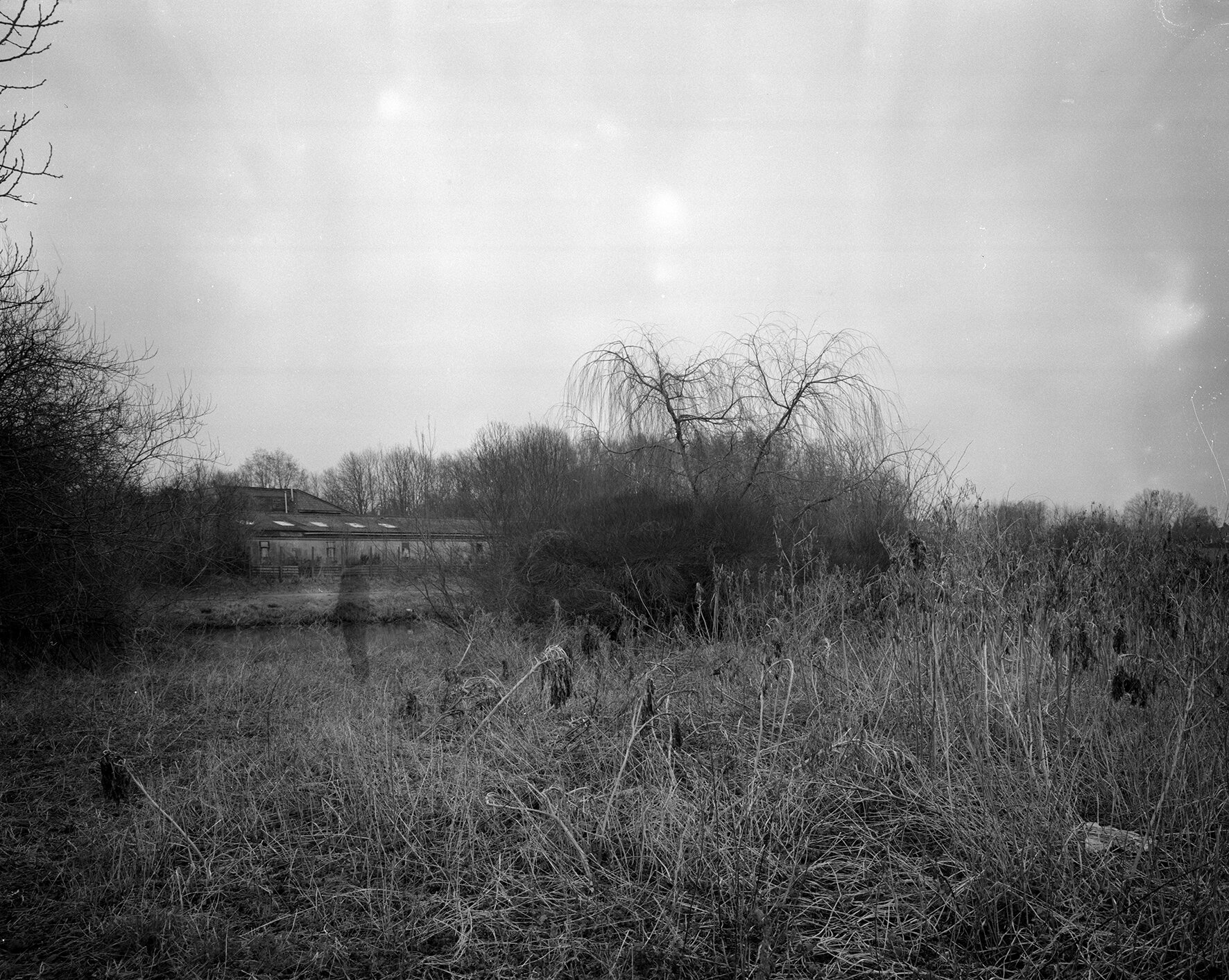
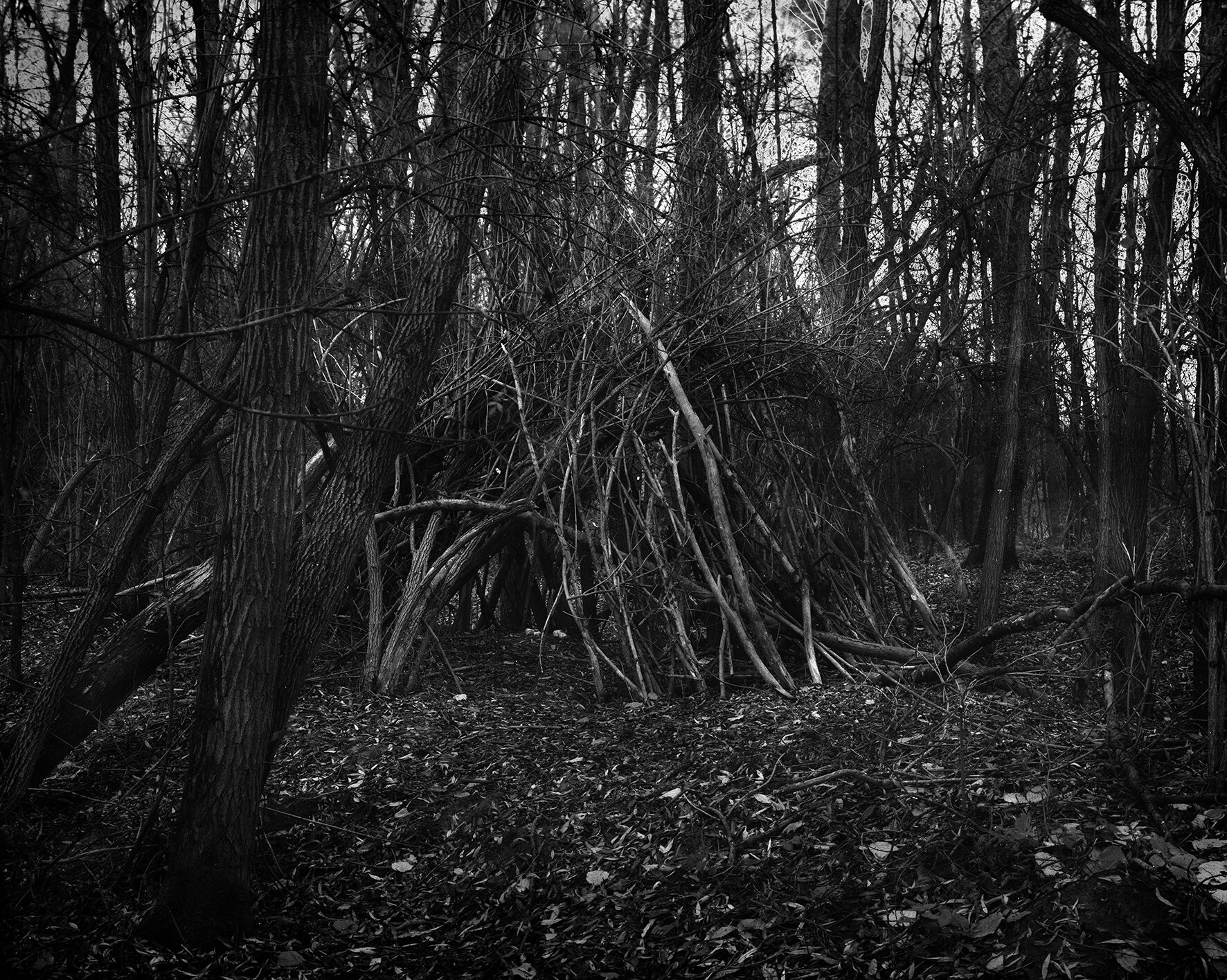
The region of the Leie (between Deinze and Ghent) was known as a favourite place for numerous painters in the first half of the 20th century.

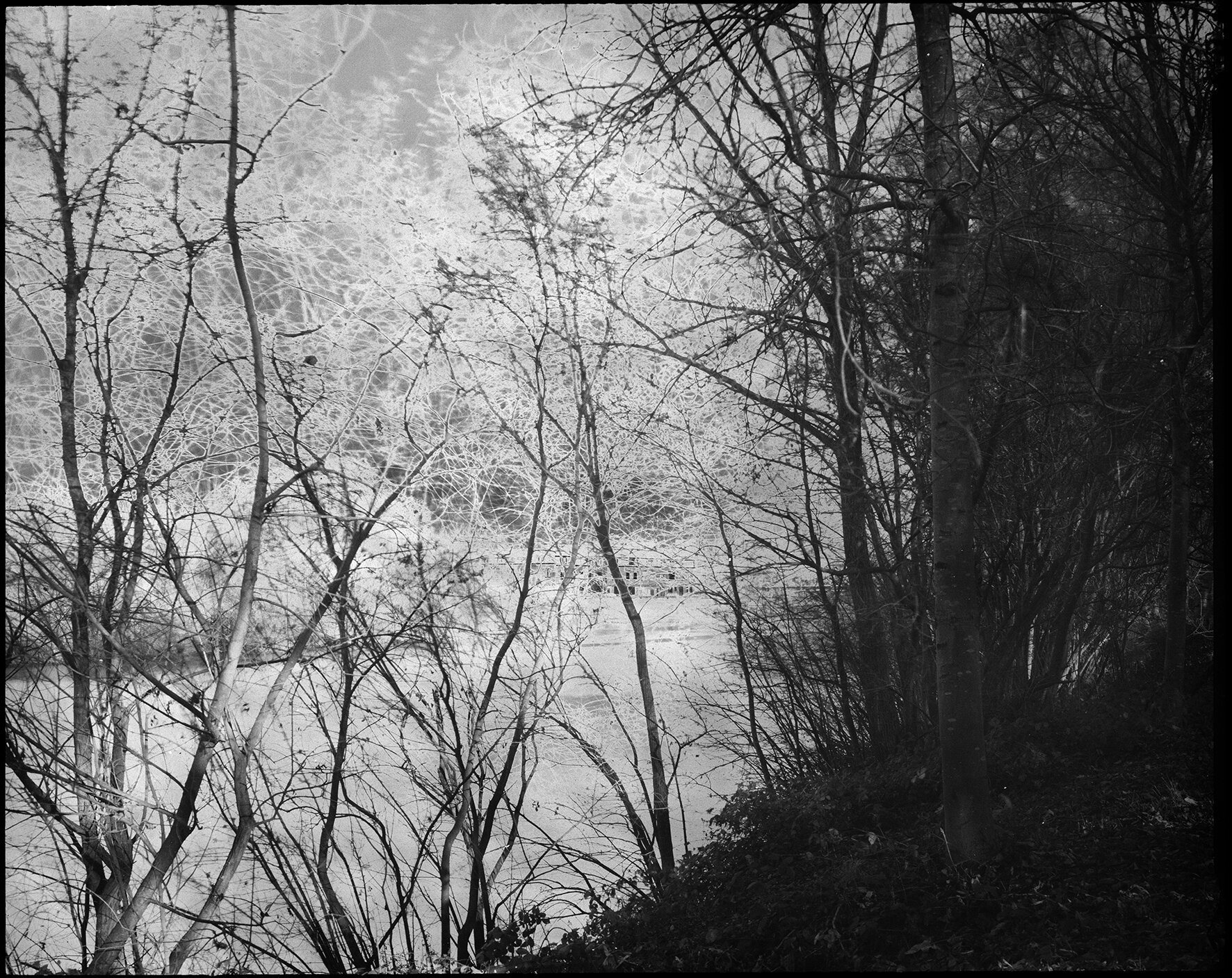
















Building of the Hootalinqua wooden canoe in preparation for the Trans-Ned experience (550km)
The Lys or Leie is a river in France and Belgium, and a left-bank tributary of the Scheldt. Its source is in Pas-de-Calais, France, and it flows into the river Scheldt in Ghent, Belgium. Its total length is 202 kilometres (126 mi).
The Leie/Lys was a commercial navigation from the Middle Ages, but it was the river’s devastating floods rather than navigation improvements which justified major works and meander cut-offs started around 1670.
Oskar Speck (1907–1995) was a German canoeist who paddled by folding kayak from Germany to Australia over the period 1932–1939. On his arrival in Australia, shortly after the start of World War II, Speck was interned as an enemy foreigner. He remained in prisoner-of-war camps for the duration of the war.
The river was the location of three battles between the Allies and the German Army. During the First World War in 1918 the location was the scene of the First Battle of the Lys, which was part of the German Spring Offensive and later that year of the Second Battle of the Lys, which was part of the Allies' Hundred Days Offensive.
Historically a very polluted river from the high population density and industrialisation in both Northern France and Belgium, it has seen substantial improvements in recent years, partly due to the decline of the principal industry, the spinning and weaving of flax.
The region of the Leie (between Deinze and Ghent) was known as a favourite place for numerous painters in the first half of the 20th century.